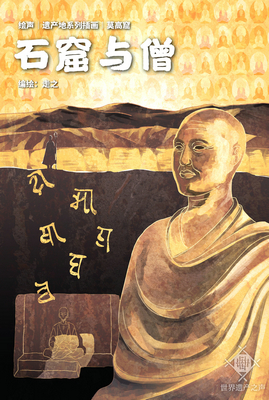
The stele bearing an inscription titled “Li Kerang Xiu Mogaoku Fokan Bei” (Stele Recording the Restoration of the Caves by Li Kerang) erected at the Mogao Caves in 698 says that in 366, a monk by the name of Lezun came to the east foot of the Mingsha Mountain in the southeast of Dunhuang, and he suddenly saw “golden light in which there are seemingly thousands of Buddhas.” Therefore, he dug out the first cave on a cliff on the east side of the Mingsha Mountain. Soon after, a monk by the name of Faliang dug out another cave beside Lezun’s cave. From then on, the creation of works of Buddhist art in Dunhuang continued for nearly 1,000 years. Today, most of the Buddha worshipping caves, housing most of the artworks, are located in the south, while most of the mediation caves are located in the north. The combination of Buddha worshipping and mediation helps create a complete Buddhist temple system.






